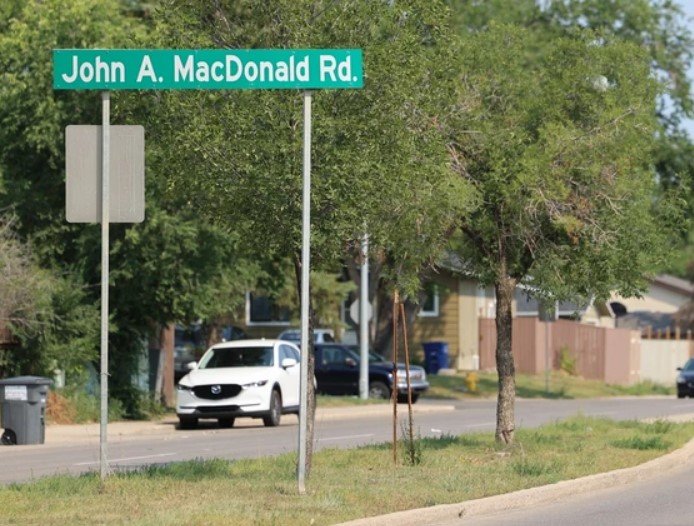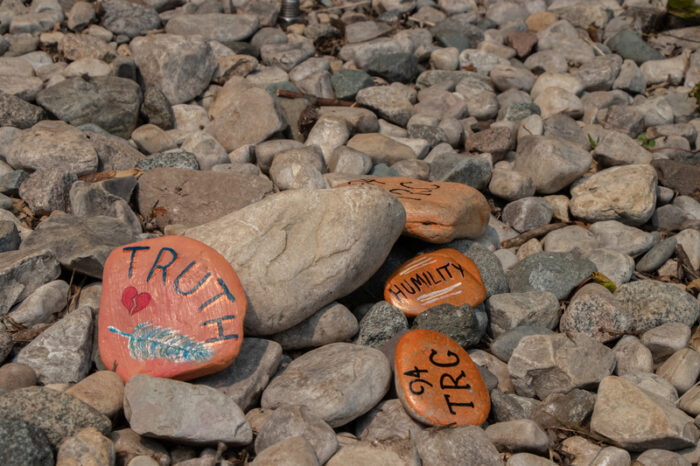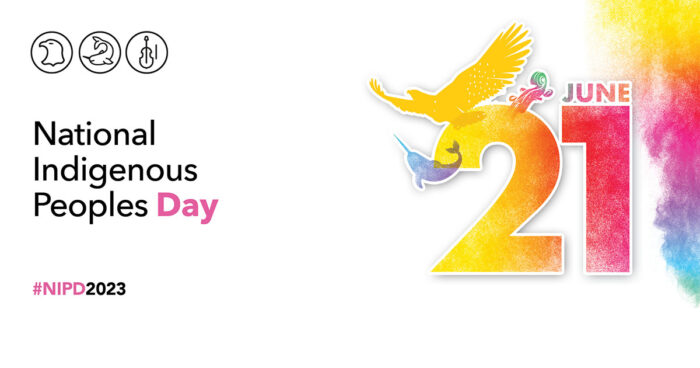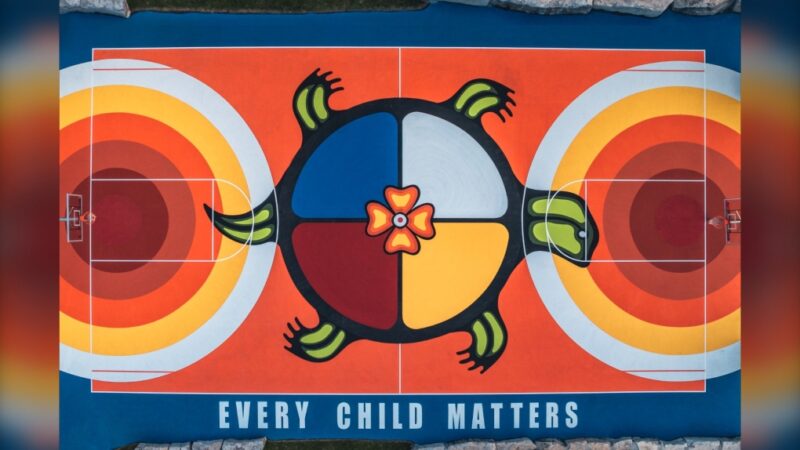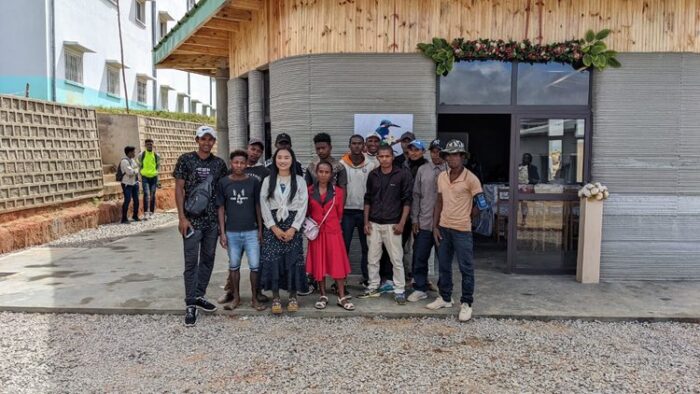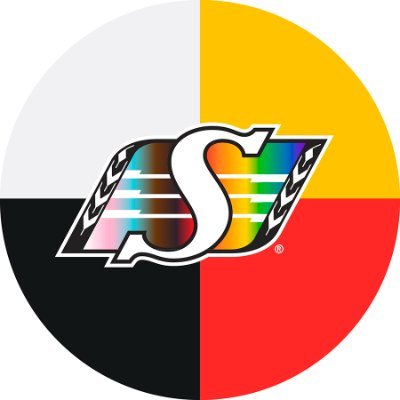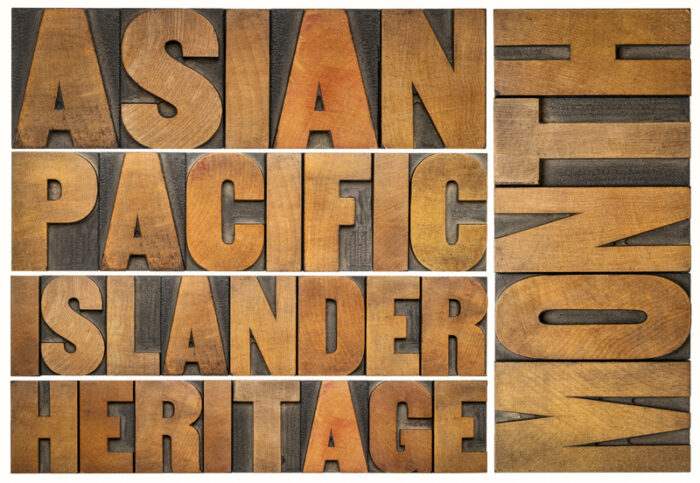In 2015, a very important document was given to the Canadian government. Called the 94 Calls To Action, it was the work of the Truth and Reconciliation Commission (TRC).
The TRC was put together to learn the facts behind the history of the residential school system in Canada and how it impacted—and continues to impact—Indigenous communities across the country. This process included them conducting interviews with many hundreds of survivors of these schools. (If you would like to learn more about this committee and its findings, please go here.)
The 94 Calls To Action were created to give Canada and settler Canadians ways to address the imbalance in their relationship with Indigenous Peoples and the terrible atrocities of residential schools. And it's not just a document for grown-ups to learn from. Across the country, many students have been educated and inspired by the calls.
Making a book
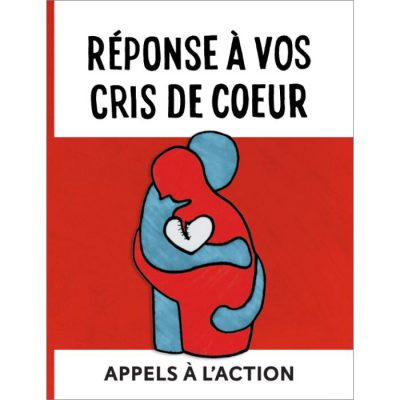
(Courtesy of Wexford School for the Arts)
One such group is a Grade 11 French immersion class at the Wexford School for the Arts in Toronto. They helped create a book in French—Réponse à vos cris de coeur ('Answers to cries of your heart')—that combined their art with the 94 Calls To Action. What an excellent way to learn and spread the word!
According to their teacher Carrie McLaren, their book was inspired by an earlier project by Grade 6 students at Laura Secord School in Winnipeg in 2019.
"My student teacher Racha Raad and I were looking to incorporate Indigenous education into our classes," she says, "and our librarian Melissa Bloom showed me a book that was created by elementary students in Winnipeg in English. I loved the book and the idea and asked her to order a French copy. She told me that there wasn't one, so I asked my students if they wanted to take this [project] on."
Clearly they said, Yes!
Working with Métis educator Diane Montreuil, the class learned about the calls and the history behind them. In addition to using that education to help make this meaningful book, they also collaborated with Nikki Shawana, an Indigenous seamstress, to create a quilt that recognized the issue of reconciliation. This quilt was then hung up in their school on last year's Truth and Reconciliation Day.
The students speak
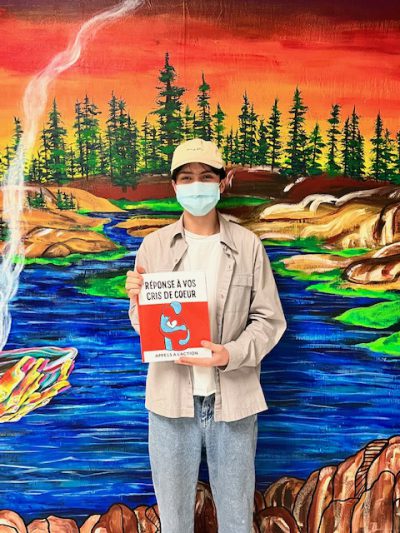
Samuel Vazquez Calderon holds a copy of his class's book! (Courtesy of Wexford School for the Arts)
To prepare for this project, the students in Ms. McLaren's class attended multiple presentations led by Indigenous educators and did a lot of research. We spoke to four of them—Samuel Vazquez Calderon, Dounia Said Bakar, Iqra Islam, and Elina Chambers—to hear about how their experience affected them and what their hopes are for the book that they created.
OWLconnected: To prepare for this project, you first learned about the 94 Calls To Action. How did this lesson change how you thought about the Indigenous experience in Canada and what you can do to address making changes?
Samuel Vazquez Calderon: This experience definitely created some change in me. After the lesson, the image in my head of what Indigenous Peoples experience here in Canada was more accurate. I realized I didn’t know certain things about the matter and it pushed me to watch videos on the topic, read articles about it, and talk about it with those around me. What we can do to help create more change is listen to Indigenous voices and educate ourselves with the right resources. In order to make the best political decisions, we must have the most information possible. We can also support Indigenous content creators online, and Indigenous businesses.
Dounia Said Bakar: I wasn't exactly familiar with the 94 Calls To Action, so learning about the Indigenous experience in Canada was very new. I knew that the Indigenous experience in Canada wasn’t exactly positive, but I didn’t know that this discrimination was ingrained in so many of our systems.
Iqra Islam: While I knew Canada treated the Indigenous population terribly, I did not truly know the extent of this treatment until we started this project, as everything I had learned was from the school system which has its biases. This lesson was an eye-opener to the horrors Indigenous Peoples have faced and how we as a society can take action.
Elina Chambers: Through this project, not only was I able to be educated on the 94 Calls To Action, but also on their significance to Indigenous Peoples across Canada. By creating art that represents each Call To Action, I was able to fully acknowledge and understand the alarming history of the residential schools and the impact they had on Indigenous communities for generations. Reading each of the Calls To Action gave me the opportunity to truly empathize with the people of Indigenous communities.

Dounia Said Bakar. (Courtesy of Wexford School for the Arts)
OC: Each of you chose 4 to 5 Calls To Action to create art for. What went into your own selections?
SVC: When I was selecting the 4 to 5 Calls To Action, I did not pick based on anything. I think all of the 94 calls are equally as important and I would have drawn all if I could. In the end, I did more than five because I really wanted this project to happen and I was more than willing to put time and effort in it.
DSB: I chose items with the subject of sports and healthcare because they seemed the most interesting to me. I didn’t know anything about Indigenous sports, so I learned a lot in my research.
II: I wanted to choose issues that I didn't have previous knowledge of to learn more about them. Another factor that went into my personal selections was the actual designs, I chose issues that I thought I could adequately represent in illustrations to get the point of the call to action to others.
OC: What did you learn personally while studying those calls more closely so that you could represent them in book?
SVC: I learned that not only is there an immense amount of ways in which the government and non-Indigenous people can help the communities, but also that media coverage on these issues matter.
Indigenous voices are much in need of being broadcast to a greater extent, and Indigenous culture and history needs to be taught in schools without it being whitewashed or sugar coated.
DSB: I personally learned that learning about Indigenous health issues is not yet a requirement in medical and nursing schools. I think that medicine should be inclusive of everyone, especially because the state of Indigenous health is a result from harmful governmental practices.
II: I learned about the many different factors affecting Indigenous peoples living in Canada. For example, I hadn't previously known about the extent of the church's involvement in the residential school system. I also never even considered the fact that Indigenous peoples don't get much (if any) representation in politics, which seems obvious to me now.
OC: You also worked together on a quilt for the project—what was that experience like getting to work on something so big? You must have felt so proud seeing it raised in your school!
SVC: The quilt project was so exciting!! I remember when I got the news I told everyone I knew.
DSB: Getting to work on something so big like the quilt was an amazing experience. We met the artist virtually and she told us a bit about her vision. I couldn't exactly conceptualize what this quilt would actually look like, because we had so many images with so many different elements, but it all came together beautifully.
II: Knowing that this was for an important cause, it was quite exciting to participate in. Our class was small so I tried to volunteer and participate as much as I could. A quilt is such a creative idea and a great way to spread awareness. This was definitely a rare opportunity for me and I'm glad I was able to participate.
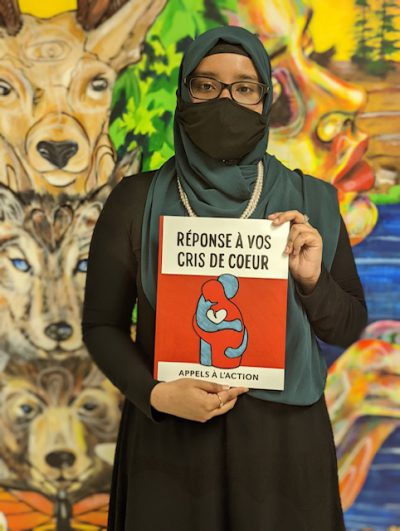
Iqra Islam. (Courtesy of Wexford School for the Arts)
OC: Your project has been made into a book. Please talk about how exciting this is and what your dreams and hopes are for it when people get to read it.
SVC: I am incredibly proud of my class for taking part in it and I am so thankful for Ms. McLaren and Diane Montreuil, Nikki Shawana, and everyone who made this possible. They are such inspirations to me and I admire them so much. I hope when people read the book and see the art that they get inspired to continue to learn even more about Indigenous history and culture just like I did.
DSB: I’m very excited that this book will be released and shared. I hope that those who do take the time to read it take a big lesson out of it. I learned so much from this experience, and continuously think of ways that I can contribute to truth and reconciliation. I also hope that more projects like this one will be created in the future.
EC: I hope anybody who is reading our book can feel the way I felt when participating in this project. I also hope that it raises more awareness among Canadians so that Indigenous Peoples can have more support in creating policies and programs to prevent these abuses from ever reoccurring. I am grateful that I can say I was part of such an amazing project to contribute to revealing the truths of Indigenous Peoples’ treatment in order to improve their lives.
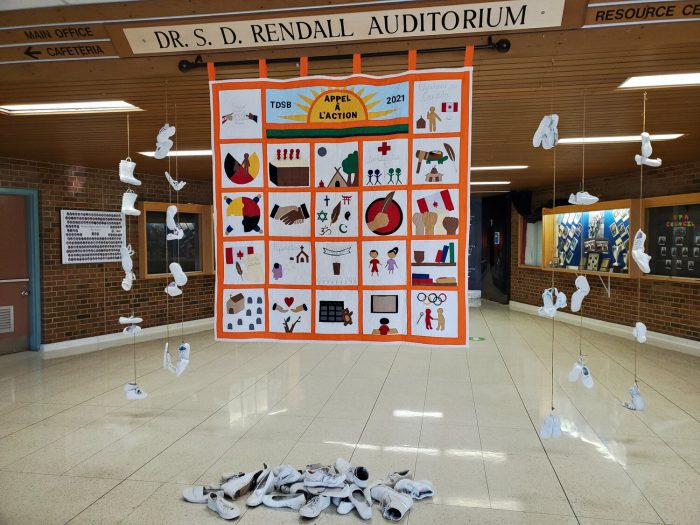 The students behind this project collaborated on an enormous quilt that was hung in their school on last fall's Truth and Reconciliation Day. (Wexford School for the Arts)
The students behind this project collaborated on an enormous quilt that was hung in their school on last fall's Truth and Reconciliation Day. (Wexford School for the Arts)
